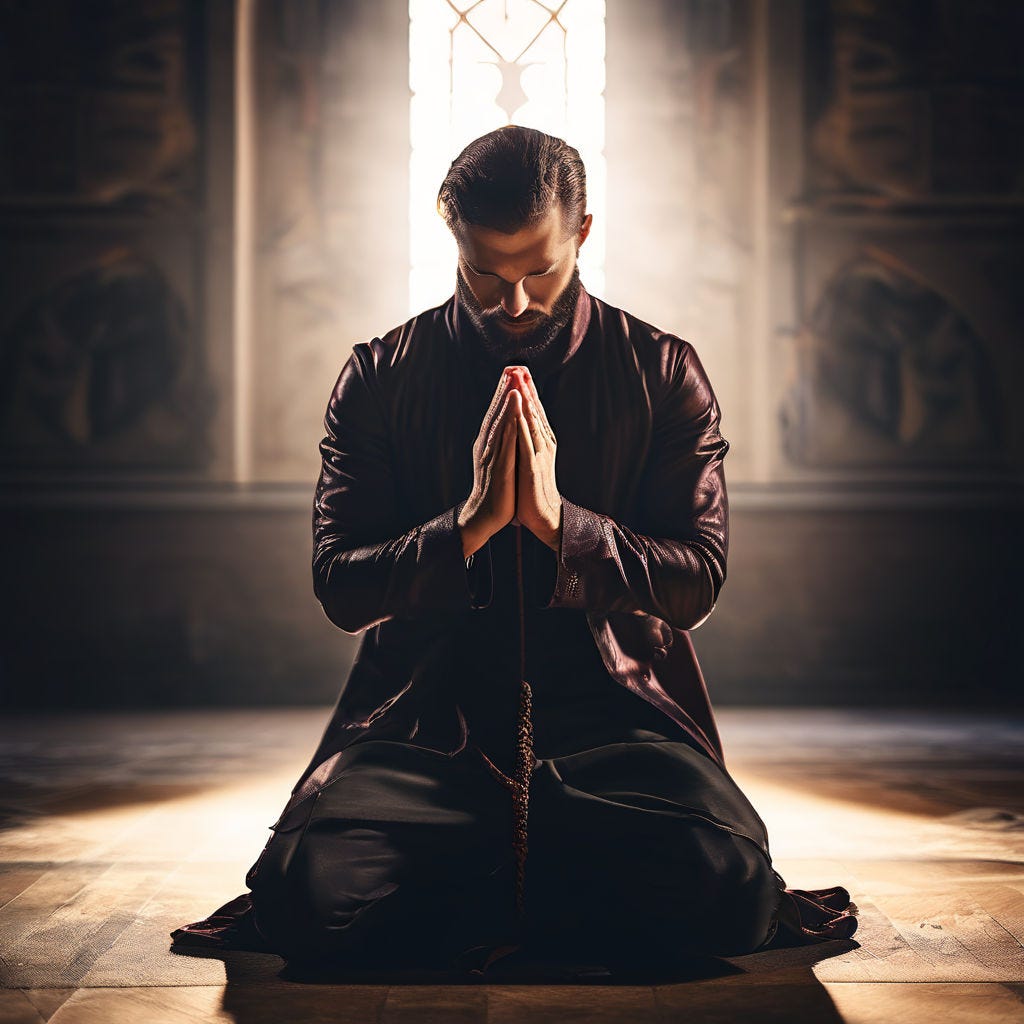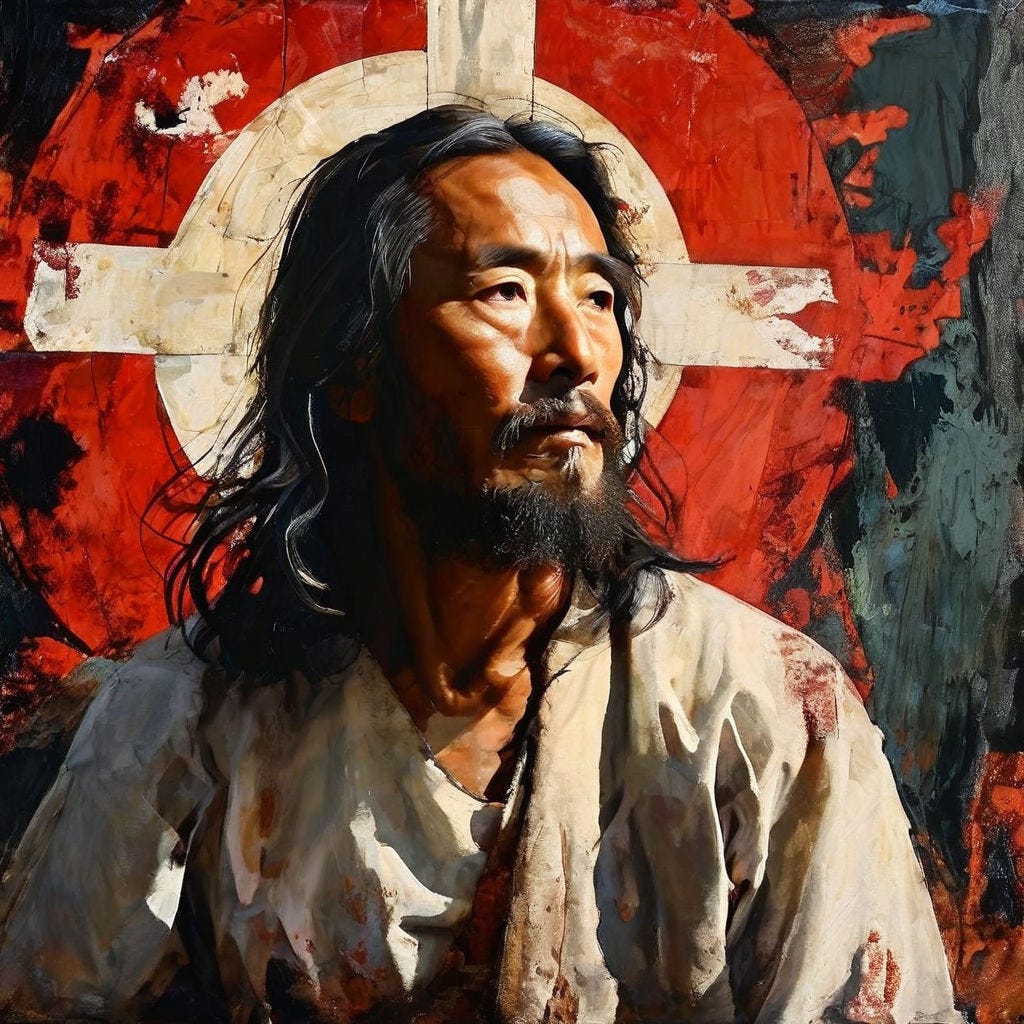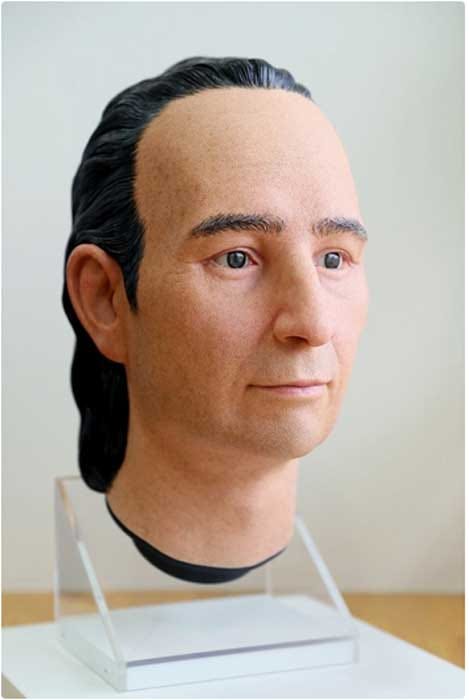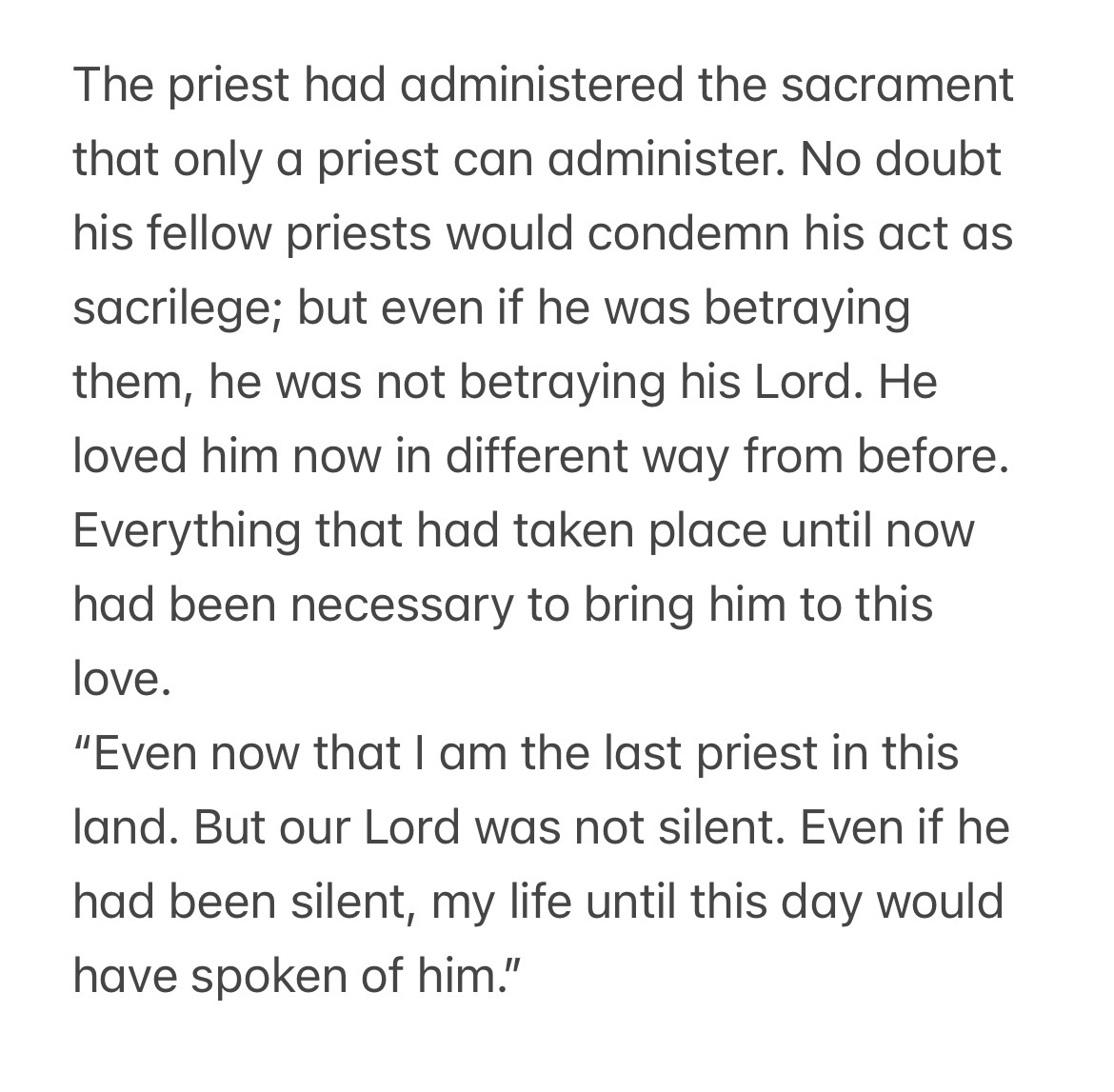“Silence”
The great masterpiece by Endo
“Sin, he reflected, is not what it is usually thought to be; it is not to steal and tell lies. Sin is for one man to walk brutally over the life of another and to be quite oblivious of the wounds he has left behind.”
Get this book here;
https://amzn.to/3DM0Yg3
Hey friends and readers,
Before I get into the reason why book “Silence” by Endo is my all time favorite, let’s begin talking about the actual silence itself and the profound wisdom that is found within it.
When we are in total silence we can hear our heart beating, blood flowing, joints cracking, breathing…yet, the most amazing aspect of silence is the how it brings us closer to the unseen and the divine.
When I go and pray inside a church at night often I am alone. Just me, the wind outside, the candles. Some nights the experience is so strong that tears flow down my cheeks. I cannot truly describe it.
It was such a night that I experienced upon finishing reading “Silence” many years ago. I was shaken, in a good way. Spiritually shaken. As I read the final words I went to a church.
I was alone there, praying on my knees and then a powerful and overwhelming feeling came over me. I cried in joy, an experience like no other and since that night my prayer life has never been the same.
This I owe to book “Silence”, to writer Endo, to Giuseppe Chiara who is portrayed as Rodriquez in the book, and of course to God, who used them to inspire people like me.
“Man is a strange being. He always has a feeling somewhere in his heart that whatever the danger he will pull through. It's just like when on a rainy day you imagine the faint rays of the sun shining on a distant hill.”
Before we get into details of the book, I want to give you the historical background and some of the portrayal in modern culture of these things.
It is often said “In Japan Christianity could never take roots”.
Yet, this cannot be further from the truth, as in 1500s Christianity was spreading among Japanese people like wild fire. In fact, the priests who came to Japan were writing that Japanese people were the most dedicated Christians and that their outlook on life and not fearing death was incredibly compatible with Christian worldview.
Francis Xavier, who brought Christianity to Japan in 1549, wrote:
“These people are the joy of my heart.”
Already by 1570s there were 200 thousand Christians in Japan.
The giant blow to Christianity in Japan came in the early 1600s as Tokugawa clan has taken control of Japan. Leyasu and his successors quickly realized that Japanese Christians put God above the Shogunate and looked upon the priests as more important than government officials. Thus began the systematic and brutal killing of the Christians in Japan.
During one of the spectacles, 150 thousand people were gathered by authorities to see Christians beg for mercy, many Christians were tied up and set on fire, yet they all sang hymns until their death. This had a reverse effect and Shogunate changed strategy. There were whispers of glorious martyrs. People said “Look how powerful their faith is.”
Shogunate began to execute commoners, but as far as leaders and priests concerned, they wanted them apostatized. This brought forth many years of various types of tortures. Boiling water tortures, fish torture, crucifixions in the waves. Nothing was working, for 15 years not a single priest apostatized. All perished in brutal torture.
“But pity was not action. It was not love. Pity, like passion, was no more than a kind of instinct.”
So a new method of torture was finally created. The Christians were hung upside down, given a cut on the forehead and left this way. It was called “the pit”. Unless they showed sign on apostasy, they died in the most terrible agony.
So, then in 1632 came the first apostate, Portuguese well know priest, Ferreira, who is a character in “Silence”. After 6 hours in the pit, he showed the sign, become the first priest in Japan to do so. Interestingly, later in life, Ferreira told Japanese authorities that he kept practicing in secret and as an old man he was put back into the pit, but this time he held out until his death.
This is the background of the story for “Silence.” The book is about Giuseppe Chiara and his companion, Sidotti. Who have different names in the book, Sebastian Rodriguez and Garrpe. They come to Japan on a long journey, to see what happed to Ferreira and to continue the mission.
It is a powerful story of how Rodriguez finds true faith through the unthinkable and hears Christ.
“When you suffer, I suffer with you. To the end I am close to you.”
Historically, we are not sure how Sidotti was killed, but it is surprising that he was buried as a Christian, so amazingly the image I have here was created based on his remains. It is believed that a high ranking Japanese took liking to him, therefore giving him a Christian burial.
In the case of Chiara, we know that he was imprisoned for some time and brutally tortured. When in the pit, he too gave sign of apostasy. We know little, only tales, but through some encounters of Dutch sailors and Japanese tales, it is believed that he too, like Ferreira, practiced in secret until his death as an old man.
To understand the power of the book “Silence”, we must really absorb the feelings and read every page as it all builds to one final crucial paragraph, my favorite in all of literature.
So, after all of the tortures, prison time, abandonment, loneliness, and condemnation, this is the conclusion that Rodriguez reaches. Amazing.
Christianity in Japan continued to suffer persecution all the way until 1900s. Ironically, when the bombs were dropped during World War 2, Ferreira’s burial place was destroyed.
The author, Endo, faced persecution as a young Catholic in Japan, himself. He left with family for France, but to his dismay, he faced racism there. He returned to Japan, being incredibly sick, Endo wrote “Silence”. As he himself found God in the silence around him, finding himself to be a man without a true home, a stranger in every place. God as his sole source of joy and light.
In popular culture:
The main two examples to this period are show Shogun and film by Scorsese, “Silence.”
In Shogun Tokugawa has a name of “Toronaga” and we can observe how that clan comes into power. Although, the hate they had for Christians is not shown.
In film “Silence.” there are some important details that are missing, including a different ending, yet it is still a beautiful and brilliant film. Very powerful.
I highly recommend both, as they give great insight into old Japanese mentality and culture.
There are other examples, especially in animated features. Often showing “hidden Christians” in Japan and their struggle to survive.
Last thing I’ll do is leave you with another quote from “Silence.”
“Christ did not die for the good and beautiful. It is easy enough to die for the good and beautiful; the hard thing is to die for the miserable and corrupt.”
I hope that I was detailed enough in my explanation.
Blessings.










I just ordered the book and can’t wait to read it. Fantastic essay.
Thank you Alexander, for enlightening us on many levels 🙏 The plight of Christians in Japan (are they allowed to worship freely now?), the martyrs who gave their all to keep their faith, this beautiful book "Silence" that I must now read.. And the definition of Sin,that is absolutely spot on. Thank you 🙏🙏